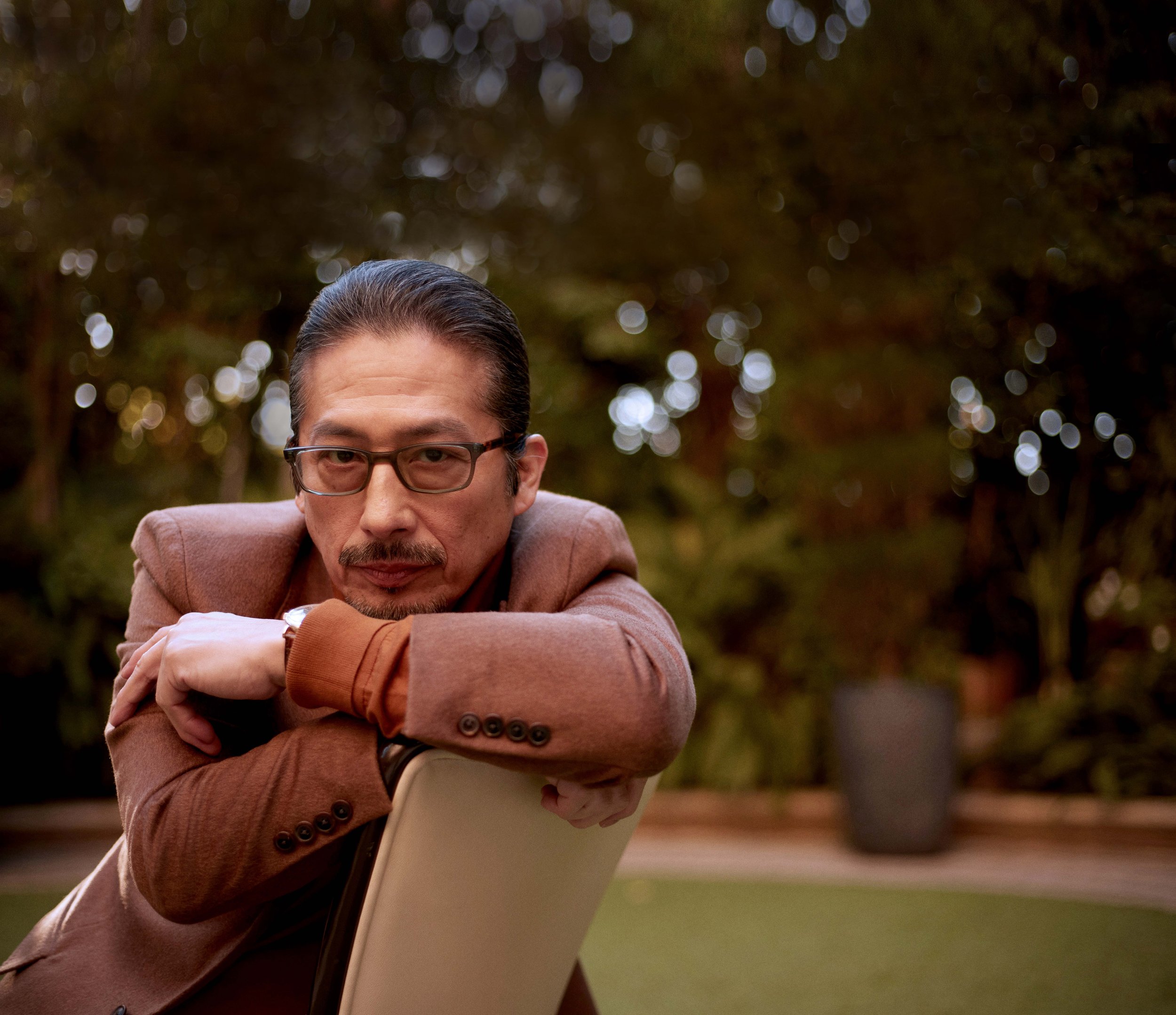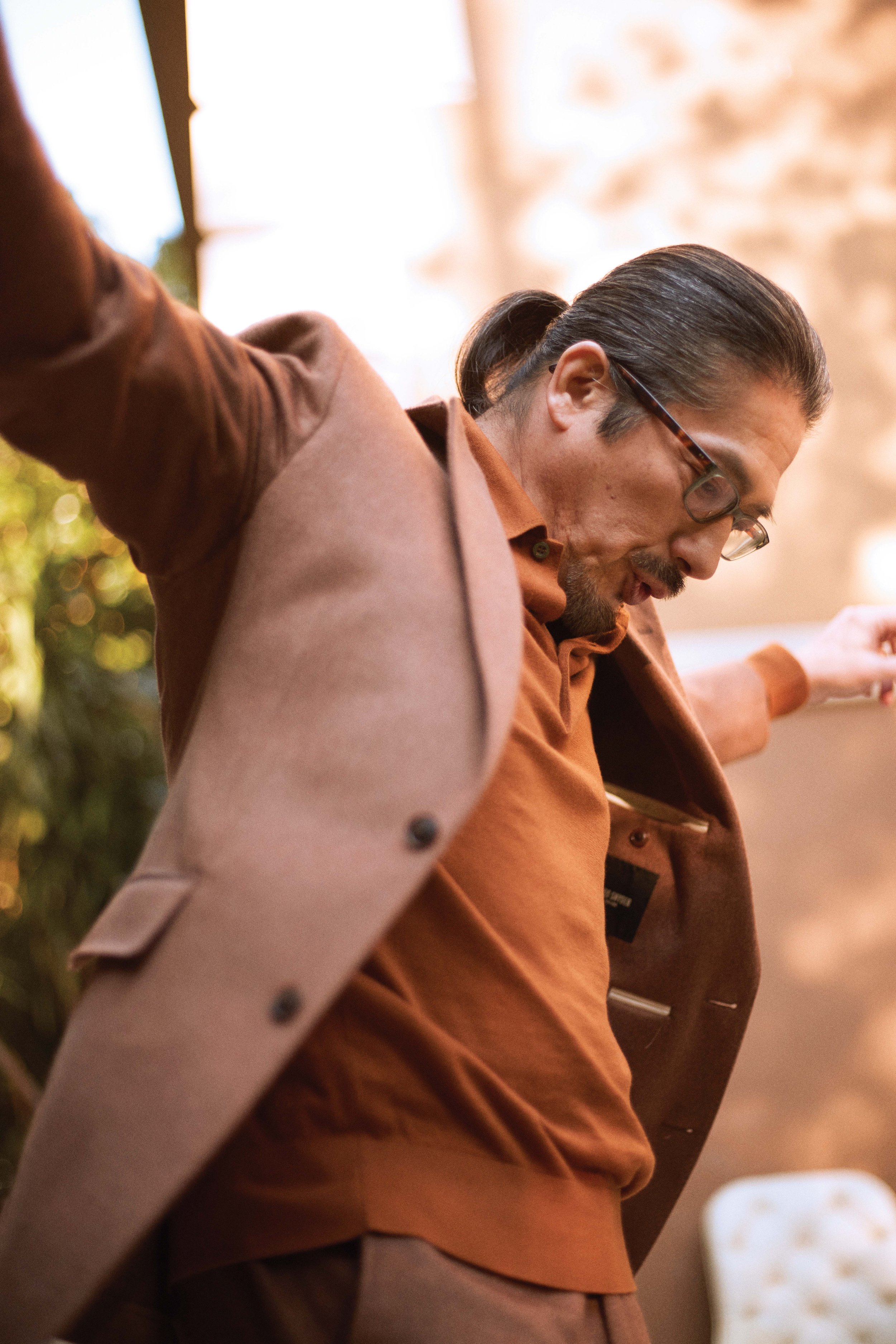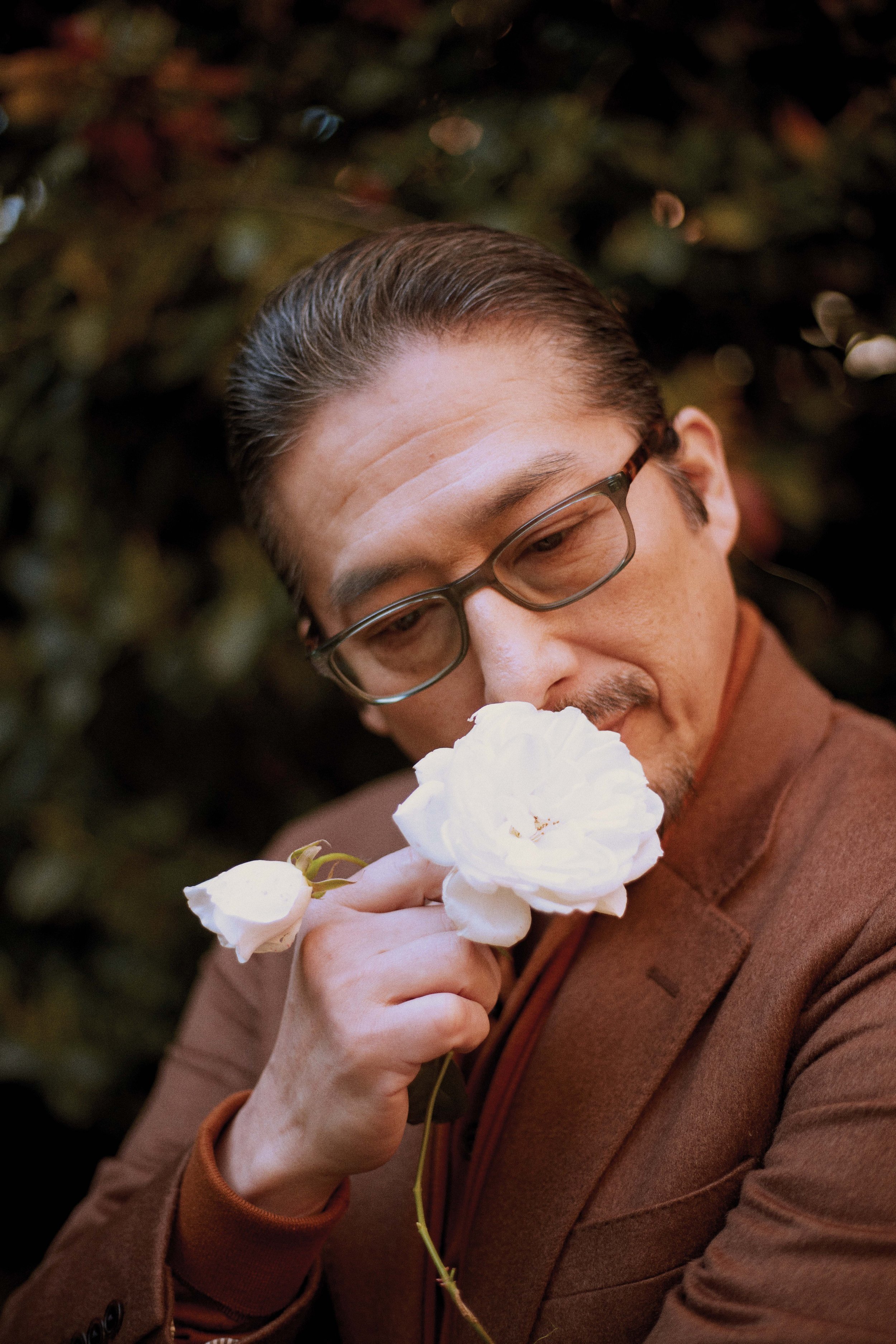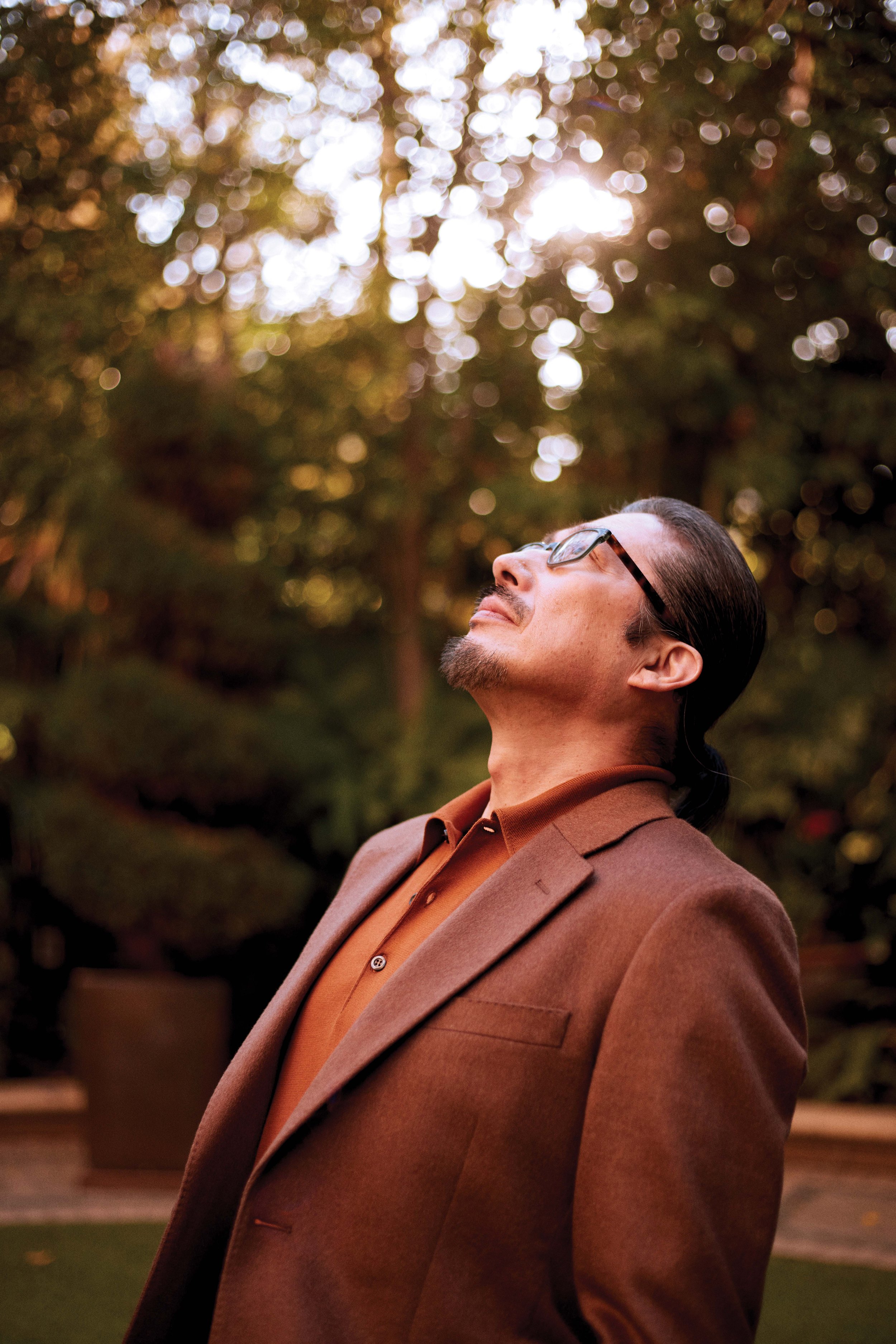The Making of a Hiro





An actor’s career is dotted with milestone moments, iconic roles and memorable characters. It comes with the territory when one’s milieu is stage and screen, and for Hiroyuki “Hiro” Sanada, the decades of roles and characters have shaped the artist’s own personal, off-screen character. Under the dappled afternoon light on a brisk spring day in Los Angeles, a conversation with Sanada reveals how his roles in plays and movies have positively contributed to the mission that he’s now on. He shared with us his new and very personal role within the film industry and why moving to L.A. wasn’t just about his next role, but the necessary first step in building a bridge between cultures.
At the time of this interview, Sanada was gearing up for the premiere of John Wick: Chapter 4. Unbeknownst to many, John Wick director Chad Stahelski had asked Sanada to join the third installment of the blockbuster franchise some years back. Having already worked with Keanu Reeves more than a decade ago in 47 Ronin, the seasoned actor was happy to work with Reeves once more.
But it didn’t come to pass. At the time, Sanada took it upon himself to train for the role unofficially on his own and ultimately got injured in the process. Sanada was then forced to drop out of the film.
“Yes, I was shocked,” Sanada admits. “I called Chad and Keanu: ‘I’m so sorry I didn’t join you in the final moment. I’m so sorry.’ I felt so sad. But years later, Chad called me again [and asked], ‘What are you doing?’ That’s it. ‘Okay, so I created a role for you [Chad tells me] … in Chapter 4.”
Prior to John Wick 4, Sanada was in action comedy Bullet Train, and a friendly one-upmanship commenced during filming between Bullet Train director David Leitch and Stahelski of John Wick.
“The director of Bullet Train was a stunt coordinator and second-unit director for Wolverine (another film Sanada was in), so we went to him,” Sanada shares. “Also at the time, there was a reshoot. The day was busy, so Chad came to the set as a stunt coordinator — [David and Chad] are great partners and rivals. It was fun.
“When I shot Bullet Train, Dave asked me about John Wick: ‘I know you’re going to John Wick next… I’ll make you better than John Wick!” Stahelski then comes back to Sanada with a similar pledge: “I’ll make you better than Bullet Train!”
Clearly Sanada is a welcome addition to any set, always ready for action, with or without sword in hand. There is an interesting phenomenon that is a key ingredient of the magic that’s in all our favorite films, no matter the genre. In a time of CGI effects and scenery, we still marvel at the art of the actor portraying a character so well that we almost come to know him by the characters he plays more than the actor himself.
Having this intangible element is what has allowed Sanada to pivot from the early years as a child actor and Japanese action film star to joining the cast of The Royal Shakespeare
Company in London for King Lear, and then landing major roles in global hits — blockbusters that saw him cast opposite household names like Tom Cruise, Jackie Chan, Anthony Hopkins and Keanu Reeves among others.
“It was the biggest challenge in my life (living in London), but that experience changed my life. When I wasn’t shooting in Japan, I stayed in London all the time. Sometimes three months, sometimes six months. I got an apartment there, an agent there, and tried to find a job there,” he recalls with a laugh. “Of course, every day I had to learn in English, but it was hard, and it was also hard to get a role… I never got the role.”
Never got the role. Until he did. And when he did, the roles just kept coming. 2004 was a major turning point in Sanada’s career when the two films he was in garnered Oscar nominations that very year — foreign film Twilight Samurai where he played the film’s main character Seibi Iguchi and The Last Samurai where he played Ujio, the skilled fighter who trained Tom Cruise’s character, Nathan Algren, in the ways of the samurai warrior. The Last Samurai was Sanada’s Hollywood breakthrough.
Sanada acknowledges that it was the time spent abroad that opened the doors to such a multifaceted career. “If I never took the role for Shakespeare in London, I wouldn’t have taken the role for The Last Samurai, I think. I learned a lot about putting an international project together, working in a different language, a different everything…”
And his work goes well beyond the stage or screen. Sanada’s dedication to the craft is evidenced by how he doesn’t just turn up for the part that he’s cast in, but how he dives in and draws from his cultural roots to share nuanced details with the production team. In fact, during post-production of The Last Samurai, Sanada was called in to consult making the film more culturally authentic.
“They didn’t have a supervisor for the Japanese culture. The director and producer asked me to give them advice, so I stayed in L.A. for six months. Every week we were screening, and I took notes: the emperor’s castle roof is not red; the sound of the sword isn’t quite right … I took too many notes for them,” he says half-jokingly.
Sanada feared that the crew were starting to feel pestered by his seemingly never-ending list of suggestions, and those fears grew even more after he was invited by one of the film’s executives to have dinner, thinking it was a going to be more of a reprimand for his meticulous observations. “Waiting to be attacked,” as Sanada puts it. But when Sanada made it to the restaurant, he was instead greeted by the film’s department heads. The dinner was in Sanada’s honor to thank him for the incredible thought and effort he put into guiding the team to make The Last Samurai as true to the culture as it should be. The gratitude bestowed on him was not only humbling, but it opened his eyes to a bigger calling.
“[There should be] no more walls between East and West. If there are still walls there in my generation, I must break those walls and then build a bridge between East and West for the next generation. That’s going to be my mission from now on.”
Shortly thereafter in 2005, Sanada decided to move to L.A. permanently — a move he thought was key to being a steady force and voice for cultural diversity in Hollywood — where he has since remained. And these days, not only is Sanada “representing,” he’s also shining the spotlight on talent from his native country. His latest project, a television remake of Shogun, has him starring and producing the much-anticipated mini-series, which is slated to premier on FX this fall.
The series will showcase a bevy of Asian talent — many of the actors are from Japan and Sanada was the link that connected the Asian cast with the Western crew. It’s this kind of production environment Sanada wants to create more of — to be able to introduce great talent, whether in front of the camera or behind the scenes and making the connections to bring different worlds that much closer to one another.
“I need to jump in and keep trying, trying to change the world. Every single project gives me the strength to do something more in the future.”
